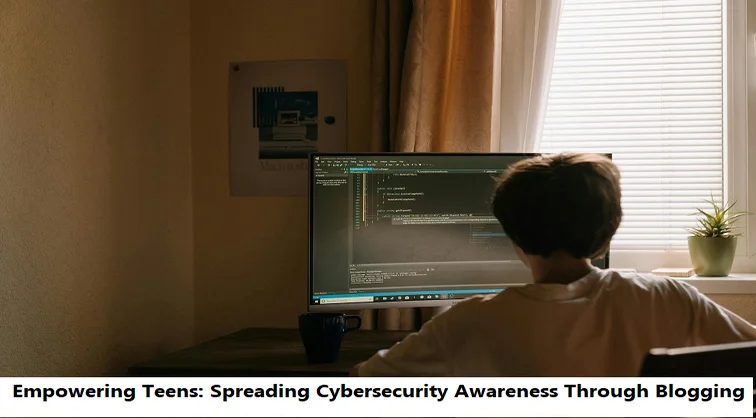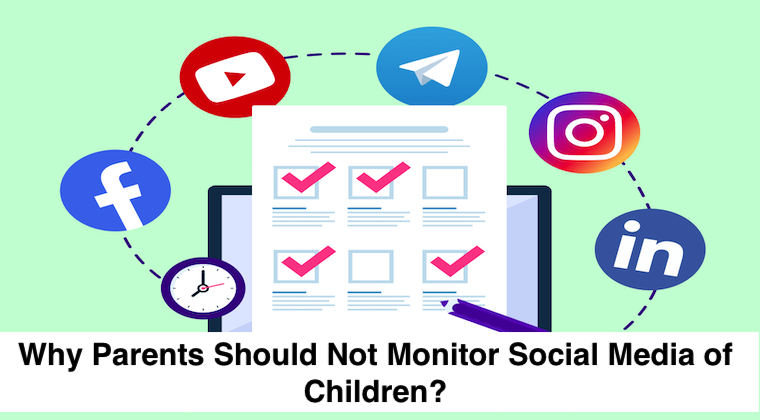+1 845 259 2974 (11 a.m to 7 p.m CST)
The Threat of Bullying among Teens

Bullying has become a hot topic lately, with parents, educators, psychologists and kids making a determined effort to nip it in the bud. Campaigns have been launched to spread awareness about the issue and extend help and support to the victims. Despite all this, the fight against the prevalent issue isn’t going as well as anticipated. This may have a lot to do with the lack of clarity as to what exactly qualify as bullying. The problem is typically defined in generalized terms, encompassing various social exchanges that take place among teens, some of which are quite harmless and even positive. With the act of bullying made ambiguous, it often becomes difficult for those fighting it to stay focused on the real issue at hand, thus depriving them of success in their quest for answers to how to handle bullying.
Confusion arising from casual use of the word bullying
A common mistake made by major stakeholders in the fight against bullying, including organizers of bullying prevention programs, is that they often confuse it with teasing. While the two may share some similarities, they are largely different both in magnitude and impact. Teasing is generally an ambiguous social exchange between students, which may be anything from friendly and neutral to negative. Its nature typically depends on how the person it’s directed towards reacts to it. Bullying, on the other hand, defines a morbid situation where the act is done with the intention of asserting control over the victims, humiliating them, or even physically abusing them. The perpetrator typically targets one of more of the following things; religion, race, sexual orientation, physical features, and disability.
Teasing is normal part of communications among teenagers, with the latter mostly taking it in a stride. Confusing it for bullying can result in the threat and impact of the latter getting downplayed. Adults seeing teasing and bullying may either fail to realize the true magnitude of the issue they are dealing with, or struggle to confront it effectively.
The impact of confusion on anti-bullying programs
The ambiguity surrounding bullying has been evidently taking a toll on anti-bullying programs their effectiveness. According to research results released by the University of Texas in Arlington, anti-bullying programs are leading to unintended consequences. The study revealed that such efforts have led to an increase in bullying incidents in schools rather than a decrease. One likely reason for this is the failure to understand the bullying-victim dynamics properly. As a result, the prevention and control strategies have skewed off target, making the situation even worse.
How to confront the issue more effectively
The confusion arising from casual use of the word bullying needs to be addressed if the issue is to be dealt with effectively. The term needs to be defined clearly and distinguished from other forms of social exchanges between teens. Once defined, parents, educators and kids should be made aware of the true face of the threat they are up against so that they may correctly identify it. Anti-bullying programs may also have a higher chance of finding success in dealing with bullying once a clearer picture is made available.
Bullying is a serious threat that can have a severe impact on the mental and psychological impact of victims. The perpetrators are not immune to its adverse effects either, having higher chances of engaging in other delinquencies, substance abuse, and dropping out of school. Parents and educators need to understand the magnitude of the problem and do whatever they can to deal with it.























